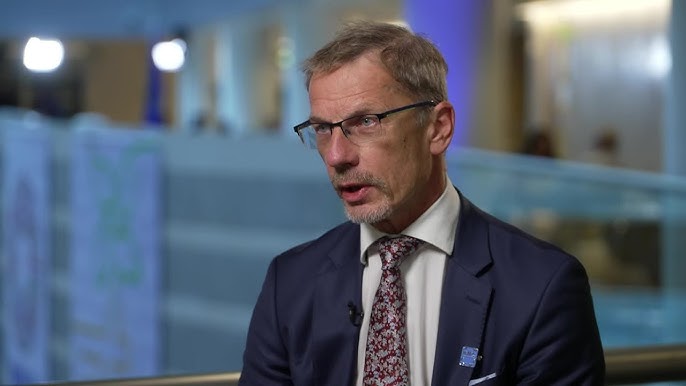Euro area moves past crisis into steady expansion
ECB confidence lifts euro to 1.11; (INDEX:DAX) and (STOXX) advance as Bund yields steady at 2.45% and Eurozone inflation falls to 2.2%. Policy credibility signals controlled soft landing across Europe.

The European Central Bank enters 2026 with a distinctly more confident view of the euro-area outlook. After two years of navigating overlapping inflation and energy shocks, policymakers now describe the balance of risks to growth and prices as “broadly even,” signaling a shift from crisis-driven intervention toward steady policy management. Inflation has decelerated to 2.2 percent, with core inflation at 2.3 percent, comfortably within the ECB’s medium-term objective. While growth remains modest, with GDP expanding 0.3 percent quarter-on-quarter and 0.9 percent year-on-year, the stabilization of wage dynamics and energy costs gives policymakers room to hold rates while assessing whether supply-side pressures have fully normalized.
The ECB’s confidence is not rooted in hope but in quantifiable improvement across the labour and credit systems. Euro-area unemployment sits at 6.4 percent, close to historic lows. Nominal wages are rising around 3.1 percent year-on-year, but unlike the 2023–2024 cycle, wage growth is no longer outpacing productivity in a way that fuels second-round inflation. Manufacturing output in Germany and France has returned to expansion, with industrial production improving 0.4 percent quarter-on-quarter after seven quarters of contraction. Services activity remains resilient as travel and tourism normalize toward pre-pandemic patterns.
The ECB is effectively engineering a “soft landing.” Instead of aggressively cutting policy rates, the current stance allows real rates to drift higher as inflation falls. This moderates asset bubbles while gradually tightening financing conditions. Market reaction suggests the Eurozone is entering a credibility phase: the euro appreciated to 1.11 against the U.S. dollar, and German 10-year Bund yields stabilized around 2.45 percent. Equity markets responded with the STOXX Europe 600 rising 1 percent, while exporters on the DAX (INDEX:DAX) saw valuation support from a stronger demand outlook.
The mechanism behind this stability lies in improved fiscal coordination. With debt-to-GDP ratios declining in Italy, Portugal and Greece, perceived fragmentation risk has fallen. The spread between Italian BTPs and German Bunds narrowed to 142 basis points, the lowest since 2021. Meanwhile, bank credit conditions are easing, particularly in Spain and Ireland, where lending to SMEs grew 3.8 percent year-on-year. The corporate default cycle remains muted, with non-performing loans at 1.8 percent of total banking assets.
Forward risks remain present. A sharp slowdown in global trade, particularly from China, could pressure Germany’s industrial base. Energy vulnerability endures, as Europe still imports more than 60 percent of its natural gas indirectly through global LNG markets. The ECB will monitor three quantitative signals: money supply (M3) sustaining growth above 5 percent, wage growth holding within 2.8 to 3.2 percent, and inflation expectations anchored near 2.1 percent in the five-year inflation swap market. If these variables remain stable through mid-2026, the ECB can maintain rate stability while enabling gradual recovery in domestic demand and long-duration assets.
The euro-area story is now less about emergency intervention and more about credibility. A central bank that convinces markets it does not need to cut may ultimately gain more flexibility to cut if required.





